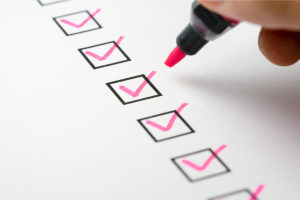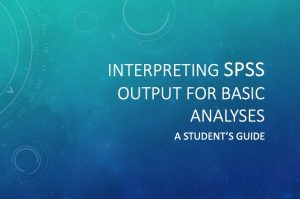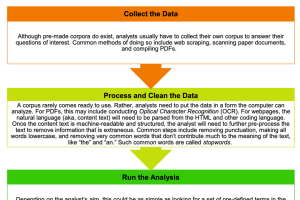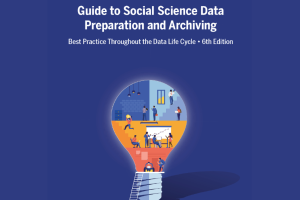Build Your Data Skills
Grow your skills from beginner to pro
The following resources are created as aids for those with little background working with data. They help with various stages in the research process from reading about research someone else has conducted to handling your own data, running analyses, and writing up the results.
How to Find a Dataset
This guide outlines a five-step process to help students and researchers identify and evaluate datasets for assignments or projects. It emphasizes defining a topic, listing data requirements, where and how to search for datasets, assessing datasets against those requirements, and finalizing the research question based on available data.

Choosing Data to Meet Your Needs Worksheet
This worksheet can assist students with identifying the key features of data needed to complete an assignment or answer a research question. It highlights different characteristics based on whether the focus is completing a statistics or data science assignment or beginning a research project.

Choosing the Right Statistical Test
If you have questions and the data to address them but aren’t sure where to go from there, this guide can help. Find the type of question you want to answer – for example, “how many” or “are these two things related” – in the first column to see the recommended statistical analysis. The data requirements for each test are included.

Interpreting SPSS Statistical Results (pdf)
Example output for statistical tests typically covered in an introductory course with detailed explanations of what each part of the output means. Frequency distributions, crosstabulations, comparisons of means, correlations, and OLS regressions are covered.

Computer-Aided Text Analysis Basics (pdf)
A quick overview of using computers to analyze big chunks of text, which we call computer-aided text analysis (CATA). We provide links to additional information and resources that you can use to further develop your knowledge and get started with basic analyses.

How to Cite Data Correctly
Citing data is as important as citing literature used in a paper. This is a discussion of why it is important and how to properly cite data.

Preparing and Archiving Your Data (Guide for Social Science Data)
Document and manage your data with best practices from the start of your project to the finish.

How to Read a Journal Article
Tips and tricks to make reading and understanding social science journal articles easier by focusing on key components: understanding the research question, methods, findings, and conclusions. This resource offers strategies to critically assess the article’s validity, relevance, and impact on the field.

The data behind today’s headlines

ICPSR’s “Current Events in the Bib” series showcases current research in social and behavioral health sciences. Posts highlight trending topics such as voting, immigration, public health, student loans and more.
#NoStupidQuestions Videos

This fun video series makes data concepts approachable – like codebooks, metadata, and missing data – using playful examples (cats, kitchens, chocolate). Videos are about three minutes long and viewers can submit questions for future episodes.